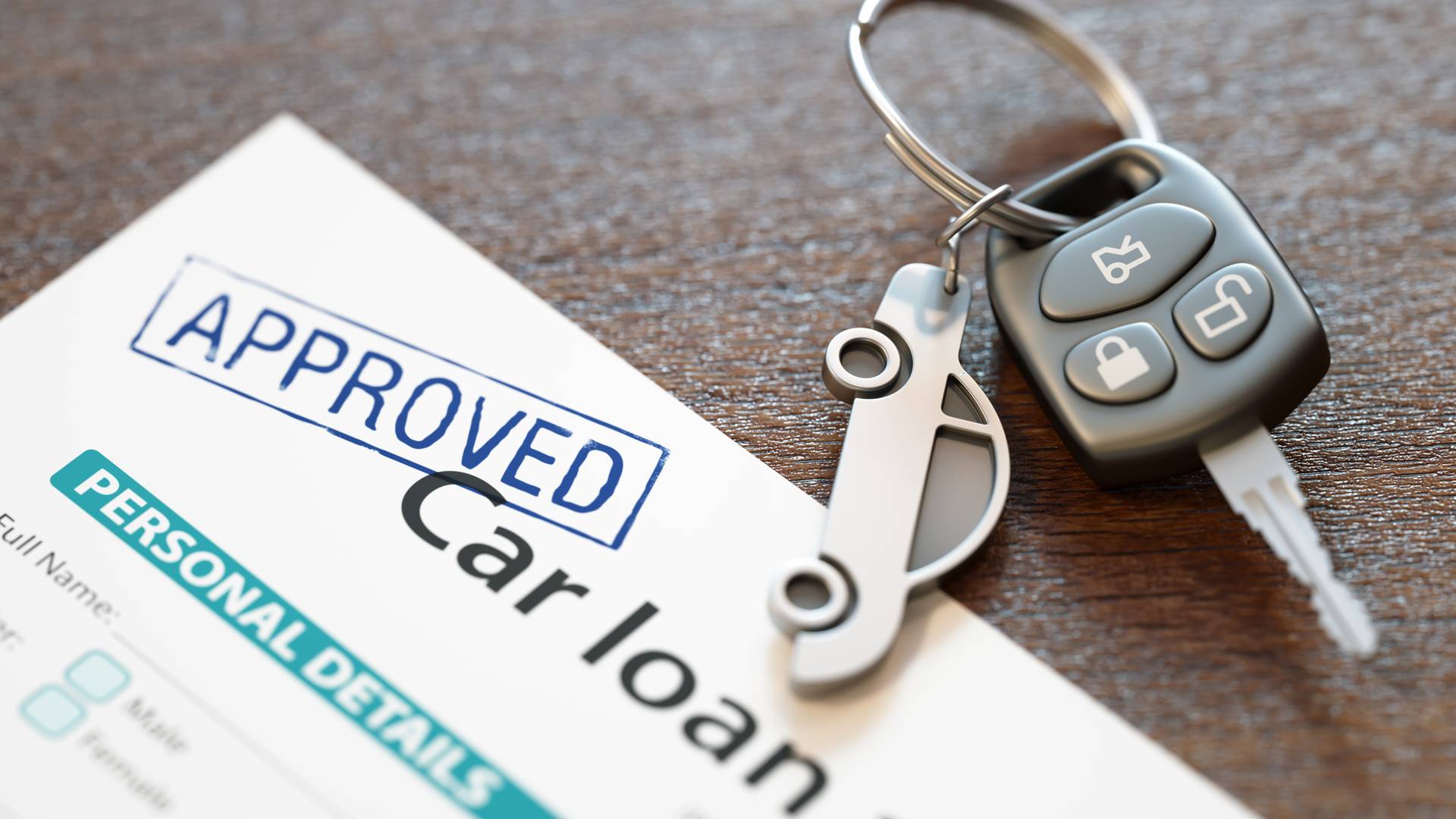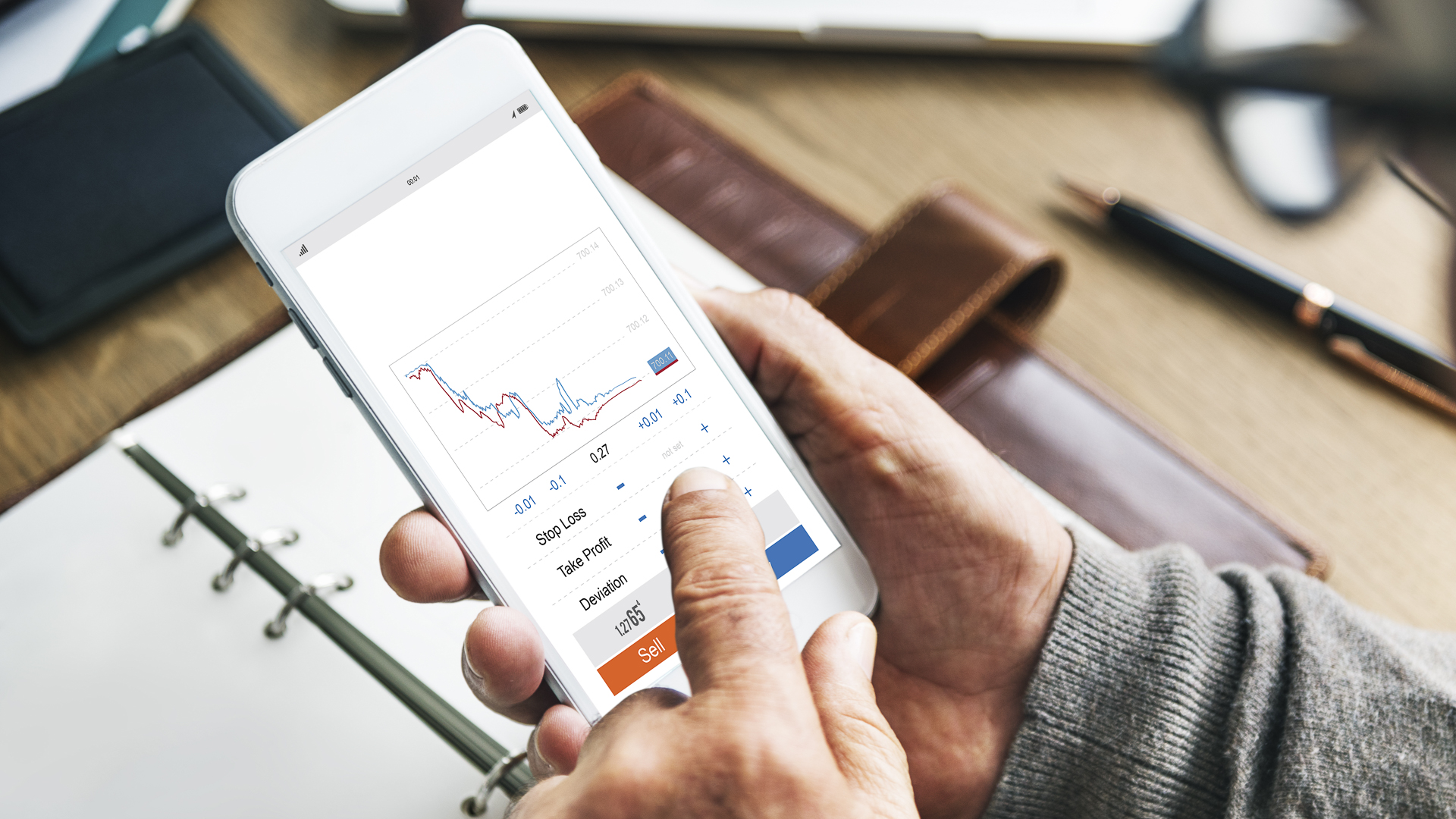
BIGCOMMERCE REVIEW: WHAT IS BIGCOMMERCE?
BigCommerce is a huge name in the all-in-one ecommerce store space. Started back in 2009, BigCommerce has customers all over the world, making it a solid choice for international selling.
As you probably know, BigCommerce’s business model is software as a service (SaaS). This means for a single monthly subscription, you can use BigCommerce’s platform to establish your very own ecommerce store and sell an unlimited number of products, either physical or digital, to your own customers.
If you choose to go with BigCommerce, you’ll be in good company, as this platform powers some of the biggest ecommerce brands in the world, including Toyota, Payless, and Martha Stewart!
BigCommerce’s biggest direct competitors are Shopify and Magento. BigCommerce feels like it’s built for an audience with a little more experience working with the web, while Shopify is probably better for the marketing noobs among us. (As for Magento Commerce, it’s owned by Adobe now and really only targets enterprise-level businesses, with the minimum fee clocking in at $22,000 per year!)
While you’re thinking about different ecommerce options for your business, I definitely want to point out that all-in-one solutions aren’t the only option…
Try BigCommerce FREE for 15 days
IS AN ALL-IN-ONE ECOMMERCE SOLUTION BEST?
One valid discussion is whether you should pick BigCommerce vs Shopify for your ecommerce store, but before I dig into BigCommerce as a possible solution, it’s worth looking at whether you want to go with an all-in-one platform at all!
If you have a WordPress website right now, you’re halfway to having your own ecommerce store already. For example, you can easily pair a theme like Thrive Themes with an ecommerce plugin like WooCommerce – this is just one of many possible WordPress theme and plugin combinations that would help you build your own store.
Here are some questions to ask yourself:
- Do I already have a website and hosting?
- Am I comfortable getting my hands dirty with WordPress?
- What kind of features do I really need?
The bottom line is, your business may already have the infrastructure it needs to start offering products for sale on your main website. It may not be worth duplicating that functionality with a self-hosted store on one of the ecommerce platforms like BigCommerce instead.
But if you’re still starting out or just want to get a store going quickly, an all-in-one ecommerce platform might be just what you need. With that said, let’s take a deep dive into BigCommerce!
BIGCOMMERCE FEATURES
The idea that BigCommerce offers an “all-in-one” solution means there will be a LOT of features. Rather than go through every single one, I’m going to pick some of the most notable ones – the features that are most relevant for readers of Niche Pursuits.
With that said, here are some of the highlights you can expect with BigCommerce.
VERSATILE STORE BUILDER
The store builder in BigCommerce is excellent. Like in WordPress, you’ll start with a theme, and then you can swap out text, images, pages, and sections until your website is uniquely yours.
Below is how the default store looks, before you’ve made any changes or replaced it with a different theme.
The result is a fully featured website, but with an emphasis on ecommerce options. Keep in mind that BigCommerce also has full blog functionality built-in. This means you can make a full website right in BigCommerce, while also listing and selling products directly.
Try BigCommerce FREE for 15 days
PROFESSIONAL THEME STORE
Part of the appeal of a service like this is that it allows you to get going quickly. One reason for this is the availability of professionally designed BigCommerce themes, which save you a lot of time as you build your storefront.
If you want a new theme, you can easily get one with the BigCommerce Theme Store! Just expect to bring your wallet with you, as I only counted twelve free templates as of this writing – the rest of the themes are premium, with some costing as much as $250!
You only have to cover this expense one time, but it’s still something to be aware of when you’re thinking about how much it’ll cost to get your store started.

NO TRANSACTION FEES
A huge benefit of BigCommerce is that it comes without transaction fees. Many other ecommerce platforms – including Shopify – can nickel and dime you with transaction and payment processing fees, which will take a big bite out of your profits.
The fact that BigCommerce doesn’t is a big deal. On the other hand, BigCommerce imposes annual revenue limits for each of its Essentials plans, so you’ll still have to pay as you become more successful on the ecommerce platform.
MULTI-CHANNEL INTEGRATION
When you create an online store, it’s kind of an island out there in the big internet ocean. The benefit of being on other platforms is that other people are already there.
Fortunately, BigCommerce has built-in integration for a number of different sales channels, including:
- eBay
- Amazon
- Google Shopping
- Point of sale
What does this mean?
For one thing, these BigCommerce integrations mean that you get to enjoy the benefits that come with owning your own store – branding, detailed reporting, listing customization – plus the benefits of exposure that all of these other online platforms can provide.
It also means you can manage all of your product listings in one place, using BigCommerce’s data reporting tools to see everything that’s going on at a glance. This includes your overall store performance, your conversion rates, and total sales – all in a centralized dashboard!
Try BigCommerce FREE for 15 days
BIGCOMMERCE REVIEW: HOW TO USE BIGCOMMERCE
There’s no better way to get to know a software tool than to see it in action for yourself. So, let’s see what BigCommerce is all about.
To get going with BigCommerce, let’s go to their website!
Notice right off the bat that BigCommerce’s site features two tabs at the top of the home page: Enterprise and Essentials.
Assuming you’re a solopreneur or small business owner, you’ll be choosing from among the three Essentials plans: BigCommerce Standard, Plus, or Pro.
If you want to follow along with the store setup, we have a link for you to sign up. Get your 15-Day Trial of any BigCommerce plan for FREE!
Once you do, you’ll enter your own name and the name of your store, answer a few questions, and then you’ve landed on the main page of your account!
As you look at your BigCommerce account, you’ll notice farther down the page a customizable dashboard with sections for store performance, store statistics, spotlight, and store orders. It’s really handy to have all of this available in one convenient spot. You don’t even have to dig into the menus to find out how you’re doing with this easy to use platform!
We’re here to see how BigCommerce works, so let’s do what BigCommerce itself suggests. In order to get started accepting orders, we have to go through this four-step process:
- Add Products
- Get set to ship
- Accepting Payments
- Set up your tax rates
As you can tell, there’s more to a proper ecommerce business than just these steps, including setting up your domain, customizing your theme, and setting up sales channels. In fact, I would start with thinking through the business model and defining my target audience – but for now, we’ll just follow these steps and see how BigCommerce works!

ADD PRODUCTS
The first step is “Add Products.” With pretty much everything you do in BigCommerce, you’ll be relying on the BigCommerce sidebar on the left-hand side of the screen.
If we want to start accepting orders, the first thing we want to do is add some products. You can find this through the “Products” tab or hit “Add Products” on your main page.
When it comes to adding products, you can create your own with a name, SKU, product type, price, brand, weight, category, description, image/video, plus custom fields. BigCommerce pretty much takes care of the formatting and responsiveness of your listings.
Note that there are a ton of additional options for product information. The ability to include variations and customizations is a big time-saver as well!
Try BigCommerce FREE for 15 days
GET SET TO SHIP
Your next step in the list is to set up shipping. This is a fairly straightforward process of putting in details on the address you ship products from.
Once you’ve entered the address, you’ll see a few suggested shipping label services. One of them is BigCommerce Shipping, an option that’s included in your BigCommerce subscription and gives you some special shipping discounts with USPS, FedEx, and DHL. This also lets you see real-time shipping rates in your customers’ carts. It’s possible to set this up now or do it later. Keep in mind that there’s a whole range of shipping and fulfillment apps to choose from in BigCommerce’s marketplace.

ACCEPTING PAYMENTS
For this step, you’re doing the work of determining how you’ll accept payments. The two recommended options are PayPal by BrainTree and “Accept Credit Cards.”
PayPal is a solid experience, but it does come with a transaction fee of 2.9% + $0.30 per sale.
The credit card option is powered by Stripe and allows you to accept credit cards without any monthly fees, setup fees, or merchant account needed.
It’s possible to set up other less common electronic payment methods with these third party payment processor options:
- Apple Pay
- Google Pay
- Amazon Pay
Or you can set up a handful of offline payment methods:
- Bank deposit
- Cash on delivery
- Check
- Money order
- Pay in store
How you set it up depends on how you want your business to work, how much you’re prepared to pay in additional transaction fees, and how much accounting you want to have to do.

SET UP YOUR TAX RATES
Specific of accounting…
Taxes.
Yeah, BigCommerce doesn’t let you forget about your tax obligations to Uncle Sam (or whoever your country’s “uncle” happens to be).
I’m not an expert on this one, but basically, you need to decide whether your product listings will include or exclude sales tax, and how it gets calculated.
You can follow BigCommerce’s instructions to help you navigate the complexities of tax classes, zones, and rates. It’s possible to set up your own tax rules manually, or you can connect a third-party service for automatic tax.
Try BigCommerce FREE for 15 days
GETTING STARTED WITH BIGCOMMERCE
And with those four simple steps, you have a quick start guide for BigCommerce!
There’s much more to succeeding on BigCommerce than just this, but hopefully it gave you a sense of how simple it is to get your business going on BigCommerce.
One of the nicest things about an all-in-one solution like BigCommerce is that it helps you avoid the “you don’t know what you don’t know” problem – whether it’s tweaking your product listings, customizing your theme, or adjusting taxes, BigCommerce has the options you need in a logical order.
And if you ever get stuck, there’s a great community, detailed educational resources, and quality 24/7 customer support to help you on your ecommerce journey!
Does that sound like something you’d want to use in your business? You can have 15 days free to test out BigCommerce for yourself!

BIGCOMMERCE REVIEW: BIGCOMMERCE PRICING
The pricing for BigCommerce is pretty straightforward. Remember what I mentioned at the beginning – the first three plans are all part of BigCommerce Essentials, which is in line with what most Niche Pursuits readers will be looking at for their small businesses. Then, there’s the Enterprise option, which is only necessary if you have a thriving online business in e commerce with sales topping $400K annually.
Anyway, here are the monthly prices for BigCommerce plans!

All four plans include your own branded online store and access to a range of additional sales channels, including eBay, Amazon, Facebook, Pinterest, and Google Shopping.
The big upgrade for the higher plans is customer groups and segmentation, the abandoned cart recovery, stored credit cards, and faceted search (product filtering). You also have a big bump in your annual sales limits, from $50K to $150K to $400K for the three Essentials plans.
BIGCOMMERCE STANDARD: $29.95/MO
This is the typical BigCommerce plan, on par with Shopify Basic at $29/mo. The BigCommerce Standard plan is your best entry point when you’re first starting out, as it includes all of the core features you need to get going, including a self-hosted store, all sales channels, professional reporting, blog, SSL certificate, and 24/7 support from a live agent.
Honestly, you have plenty of features to work with on the BigCommerce Standard plan. The biggest omission is the abandoned cart saver – everything else is more of a nice-to-have. The other major point about BigCommerce Standard is the annual revenue limit of $50K (calculated as a rolling average over the past 12 months).
BIGCOMMERCE PLUS: $79.95/MO
When you get into the Plus level, on par with the regular Shopify plan at $79/mo, ecommerce businesses get everything that comes with BigCommerce Standard… plus a slightly better discount on shipping rates, customer segmentation, the abandoned cart saver, stored credit cards, and a persistent cart that’s the same for your customer accounts across devices.
If you need more robust features for your store or the higher annual revenue limit of $150K, BigCommerce Plus might be the right choice for you.
BIGCOMMERCE PRO: $249.95/MO
BigCommerce Pro is the top Essentials plan. It adds in a few niceties, including Google customer reviews, product filtering, and a custom SSL.
This plan also bumps your annual revenue limit to a substantial $400K. Keep in mind that if you do top that amount of revenue, you’ll have to look at BigCommerce Enterprise, even if you’re not interested in other features… And it’s going to be a BIG jump.
This is one of the downsides of BigCommerce – they keep you moving up the chain to higher plans and more BigCommerce fees as you make more sales. It’s just something to keep in mind.
Try BigCommerce FREE for 15 days
BIGCOMMERCE ENTERPRISE: CUSTOM PRICING
The enterprise level is more than most of us will need, and has a custom pricing model, but if you’re at that level, BigCommerce allows you to request a demo. In terms of features, BigCommerce Enterprise includes custom API support with unlimited API calls, priority customer support, product filtering, price lists, and strategic account management opportunities.
Your annual revenue limit is also custom, which means you should hopefully get a quote that works for your business needs.
PICKING YOUR BIGCOMMERCE PLAN
So, which of these BigCommerce plans is right for you?
Well, when you’re still new to ecommerce, I think BigCommerce Standard makes perfect sense. You truly have all the fundamentals covered to start building your brand and getting sales. But if you need a higher revenue limit or more robust marketing features for your ecommerce websites, then the higher plans are obviously a better fit.
It might not hurt to use the revenue limits as a general guide. So, if your business is likely to do $50K or more in the next year, you might opt for the middle-tier BigCommerce Plus plan.
One nice bonus is that you’ll be given a 10% discount if you pay upfront for an annual plan. Just note that this offer is only available for the Plus and Pro plans. After the discount is factored in, your Plus plan will cost $71.95/mo, and Pro will be $224.95/mo.
The thing is, if you’re serious about your online store, you’ll definitely want to have it up and running for the next year, so there’s virtually no reason to skip out on this discount in favor of the more expensive month-to-month option.
BIGCOMMERCE CUSTOMER SUPPORT
BigCommerce offers 24/7 customer support for every paid plan, even the entry-level BigCommerce Standard. With the Enterprise option, they upgrade you to “priority” status.
Make no mistake, you’re absolutely paying for the privilege of 24/7 access to a live agent via email, live chat, or phone. With that said, this ecommerce business could very well be your livelihood, and time is of the essence when you have an issue.
This doesn’t mean you’ll get immediate answers via email, but the availability of customer support is invaluable.
BigCommerce Help Center includes a knowledge base, and also has a robust community with Q&A, groups, and more. The bottom line with support is that you should be able to get the help you need, whether it’s a business question or something more technical.
Try BigCommerce FREE for 15 days
BIGCOMMERCE VS SHOPIFY
Before you decide to sign up with BigCommerce, I want to acknowledge that many buyers will be wanting to know how BigCommerce stacks up against Shopify.
Well, I put together an entire comparison between the two here on Niche Pursuits that you can check out. But the bottom line is, BigCommerce gives you built-in functionality that you would need a third party app for in Shopify. And unlike Shopify, BigCommerce also does away with transaction fees, gives you unlimited staff accounts, and includes gift cards on every plan.
Shopify has its own benefits, including no revenue limits, greater expandability, and a $9/mo plan called Shopify Lite that lets you sell on your own website or social account using a “buy button” without hosting a full ecommerce store.
The differences between the two ecommerce platforms start to fade once you get into those higher plans. The main distinction comes in how you want to pay as you become more successful, as Shopify makes money with transaction fees, and BigCommerce makes money by nudging into a more expensive plan using revenue limits. You’ll have to think about your business model to determine which of the two best ecommerce platforms is more financially advantageous for you.























